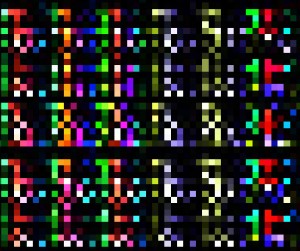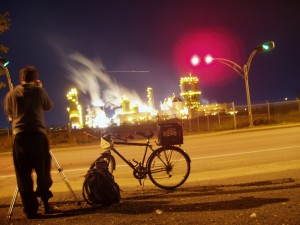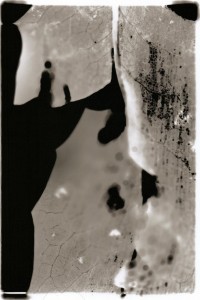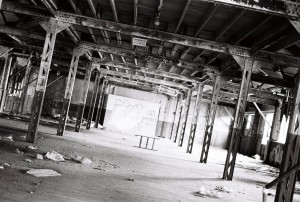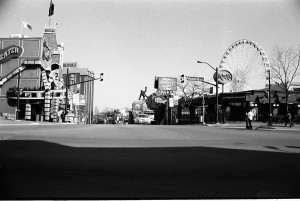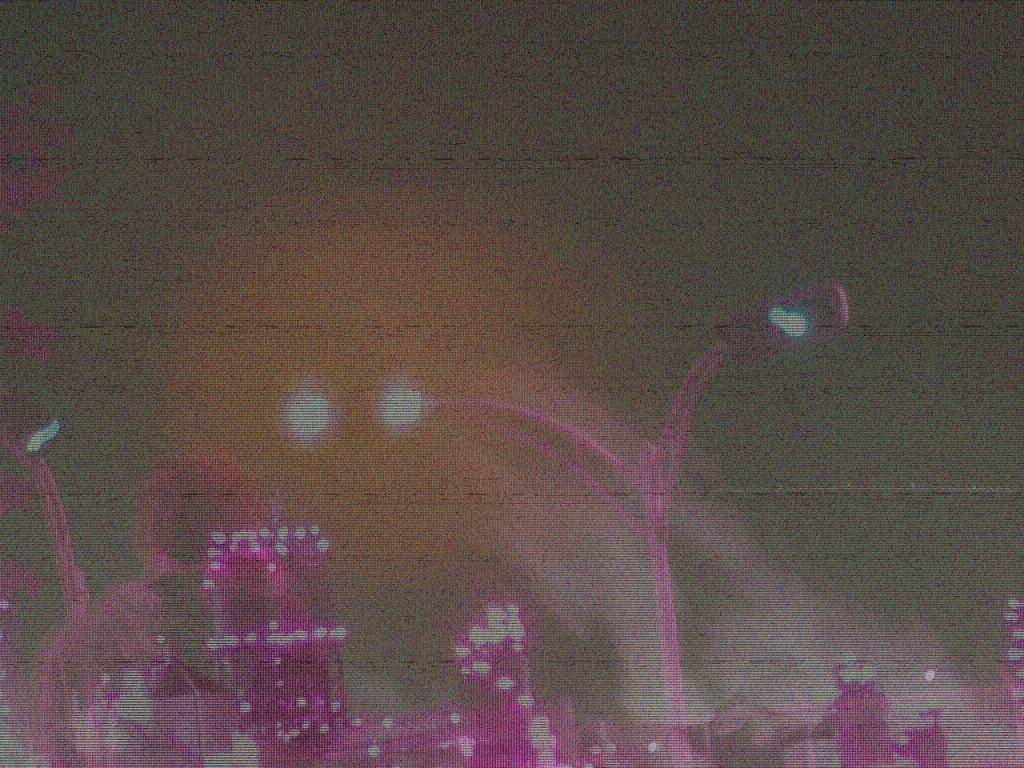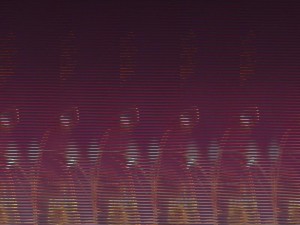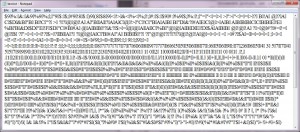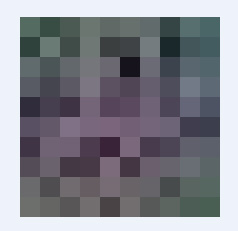If you zoom in on all of the pictures that have been created by the interleaving process, you go from here:
to here:
I find that kind of neat because the picture as a whole looks like it’s mostly black and white. Or black and gray, I guess, is more appropriate. There is a little bit of color scattered around the picture, but definitely nothing as bright as what exists, apparently, all throughout the picture.
This seems like a weird sort of pointillism that exists on top of the pointillism of all computer images. That is, pointillism fixates around dots being used to create images, and these dots have a modern analogue in computer pixels, which all digital images are made from. However, in these interleaved photographs, there are distinct dot clusters formed from pixels and which go on to form the top image.
Okay, okay, not ALL digital images are made with pixels. All raster-based images are. Not vector-based. And all digital photographs are raster-based, I believe.


